

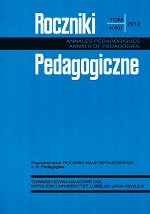
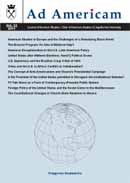
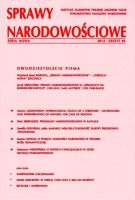
Keywords: Nationalities Affairs; authors; contributions; bibliography 1992-2012
On the occasion of the 20 years’ anniversary of the academic journal Sprawy Narodowościowe (Nationalities Affairs) its origin and current situation have been presented in some detail. This bi-annual international and multidisciplinary journal was established in 1992 as a continuation of traditions of the prewar bi-monthly of the same title, which originally appeared in Warsaw in 1927-1939. It focuses on the study of nation, nationalisms and ethnicity, and is published under the auspices of the Polish Academy of Sciences, with the Institute for the Slavic Studies in Warsaw and Poznan as its editor. In the years between 1992 to 2012 a total number of ca. 550 articles, including 60 in English, as well as 170 book reviews was published, while the total number of printed pages reached 10,000. The contributors, in the number of 350, come mainly from Poland but also from abroad. Abstracts and pdf versions are available in the Internet. The text comprises a separate part including a full list of all the issues published over the 20 years’ period, as well as a full bibliography of all the contributions. Each entry contains a name of the author/co-author, title of the article, issue number and year of publication (a name of translator, if there is one).
More...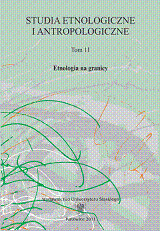
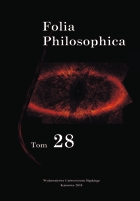
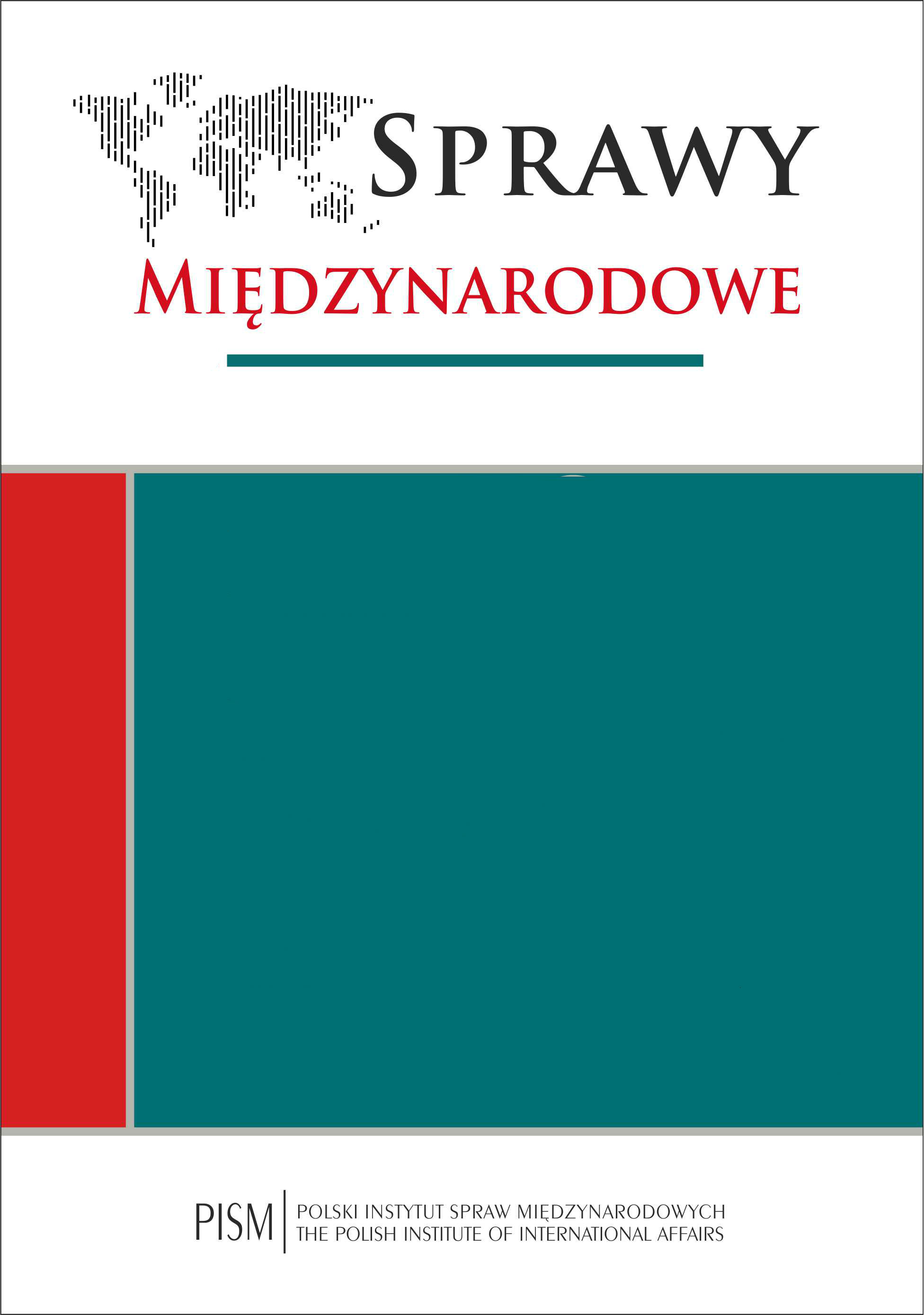
The paper analyses the development of a country’s brand and public diplomacy in Switzerland and Lithuania. It defines public diplomacy as a form of dialogical communication, as a new form of diplomacy and new quality of foreign policy. The paper presents the Swiss and Lithuanian cases of the implementation of public diplomacy as small states. The paper focuses on the activities of their governments, foundations and NGOs, with a look at the concept of niche diplomacy.
More...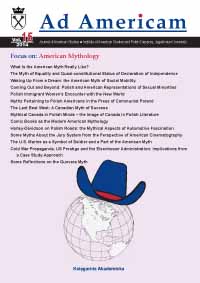
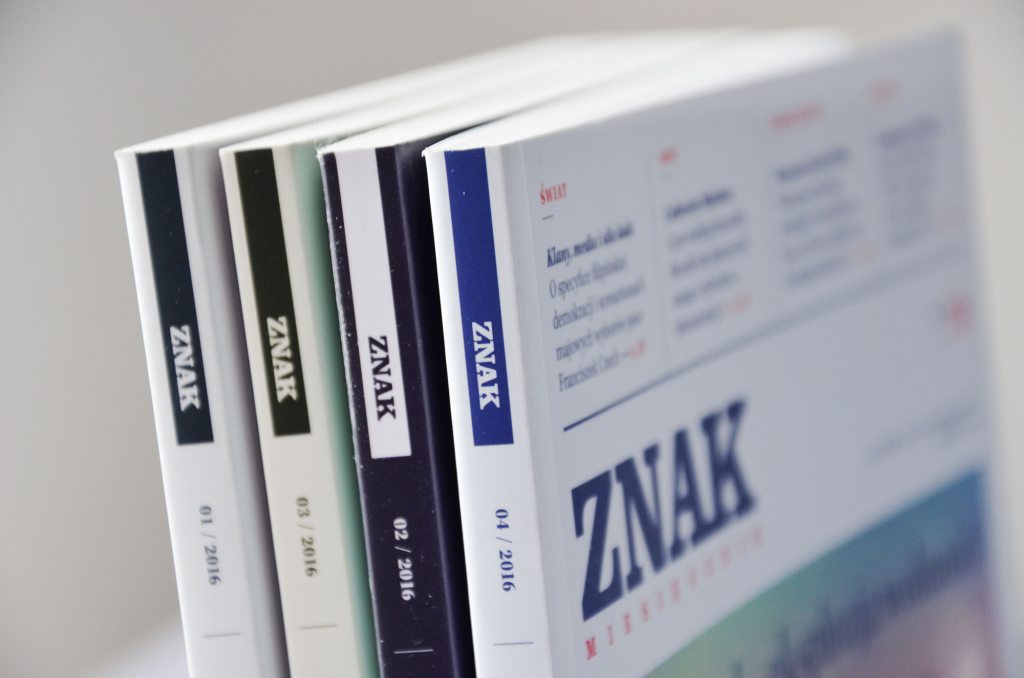
Keywords: Montreal; Quebec; Kanada; Canada
More...
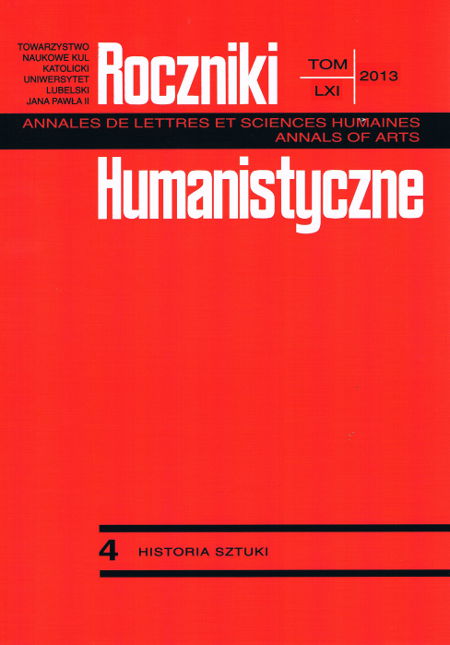
Keywords: East; West; Labyrinth Gallery; Workshops of Culture; Society for the Encouragement of the Fine Arts in Lublin; Asia; Europe
The article is concerned with East - West dualism in terms of cultural activity and international exchange held in Lublin, the city that is told to be situated on the boarder of Eastern and Western world. The author draws a portrait of the city of Lublin in relation with East focusing on the exhibitions and festivals such as Fort.Missia. The Power of Art in Lviv Art Palace. Ukrainian Zriz, solo shows of Ukrainian artist: Oleksiy Khoroshko and Alevtina Kakhidze, work of the Bruno Schultz Festival Society in Lublin. These event are interesting examples of cultural confrontation and the attempt of presenting Eastern (Ukrainian in this case) root on the local sphere. Similar issues are analyzed on the case of Labyrinth Gallery’s programme concerning double presentations, especially A-Y/Y-A exhibition with participation of Yingmei Duan (China/ Germany) and Andree Weschler (France/Singapore). The meeting of artists that have double experience with East and West cultures generates new ways of understanding them.
More...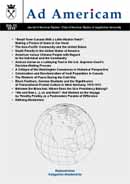

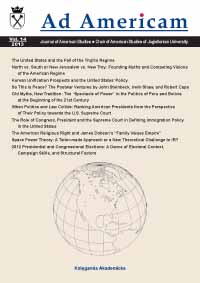
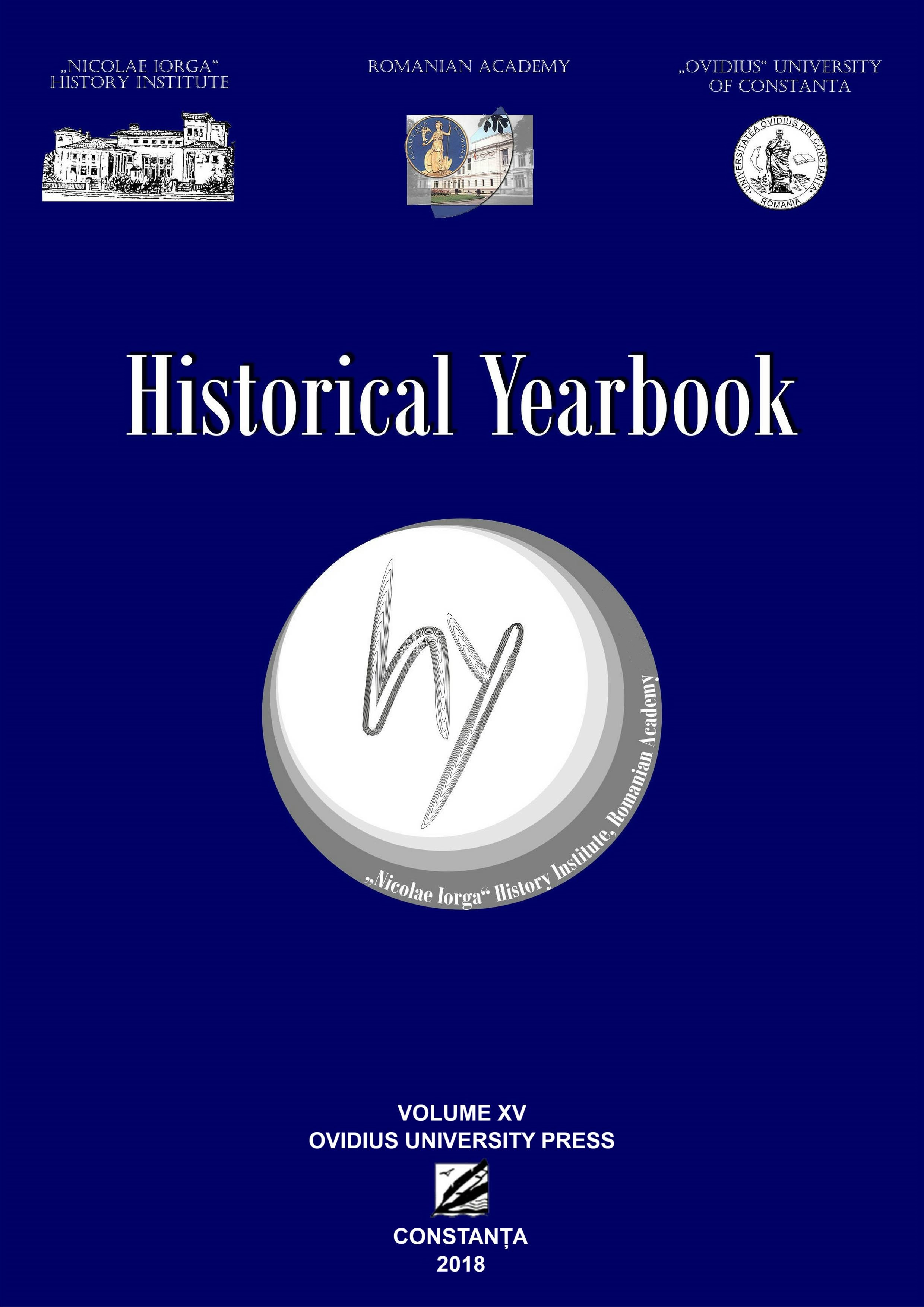
Keywords: Romanian-Polish relations; USSR; Stalin; Interwar Strategic Partnership; Communist diplomacy;
Officially, on August 13th 1945, Romania and the Provisional Government of National Union (constituted in Lublin on July 22nd 1944 by the Communists and USSR) have decided to resume the Romanian-Polish diplomatic relations interrupted on October 28th 1940. Nevertheless, being only a solution imposed by USSR, the evolution of such after 1945 did not have the amplitude, closeness nor the importance of the relations during the interwar period.The repudiation of the remembrance of interwar strategic alliance relation - a friendship grounded on the regional common interests, on the mutual trust of the heads of the two states and on the common frontier on Ceremuş river – was rapidly fueled, after the war, both by the interests of Moscow and by the distinct concerns of the Communists in Warsaw, as well as by the confusion and uncertainty of the Romanian political decision makers from 1944-1947.The political structure could not have helped much in setting a relation of confidence: year 1946 is one of bringing Communism to Poland, of introducing the Soviet institutional model, while Romania, still a constitutional monarchy, was marching rapidly towards the communism yet it was also maintaining enough relics of democracy. The traditional political parties, King Mihai, the opposition press, all these aspects long disappeared from Warsaw could still be found, fragmented, in Bucharest.Up to the outburst of the Second World War Romania’s relations with Czechoslovakia, Yugoslavia and Poland were defined as strategical and were represented by a traditional course of foreign politics. At this moment, close to the opening of the Peace Conference, the Romanian Communists did not appreciate at all neither the tradition, nor the heritage of the alliance with Poland, educating the public in appreciating, in exchange, the good relations with Czechoslovakia and Yugoslavia. The diplomatic representative of Poland in Bucharest never appeared in the unofficial journal of the Romanian Communist Party. Yet the arrival of the heads of the diplomatic missions of Czechoslovakia and Yugoslavia have covered the first page, with detailed descriptions.The relation between Romania and Poland, reestablished in 1946, had irrelevant beginnings, mediocre not only comparing to what they had in common until 1939, yet also in terms of what the leadership of the communist diplomacy in Bucharest was creating as objectives and strategy inside the European Communist internment.
More...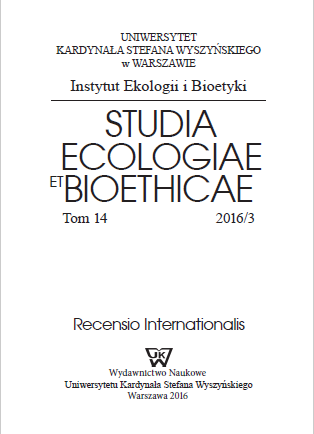
Keywords: sustainable development; EU sustainable development strategy; Europe 2020; sustainable development indicators; greenhouse gases emissions; primary energy consumption;
The concept of sustainable development can be defined and interpreted in many ways, but at its core lies an approach to development that balances different, and often competing, needs against an awareness of the environmental, social, and economic boundaries the society faces. The aim of the paper is to discuss the issue of turning the idea into practice, presenting environmental priorities of the EU’s Sustainable Development Strategy, their implementation and monitoring. The sustainable development indicators in the theme of climate change and energy, namely greenhouse gas emissions and primary energy consumption, are analyzed and described.
More...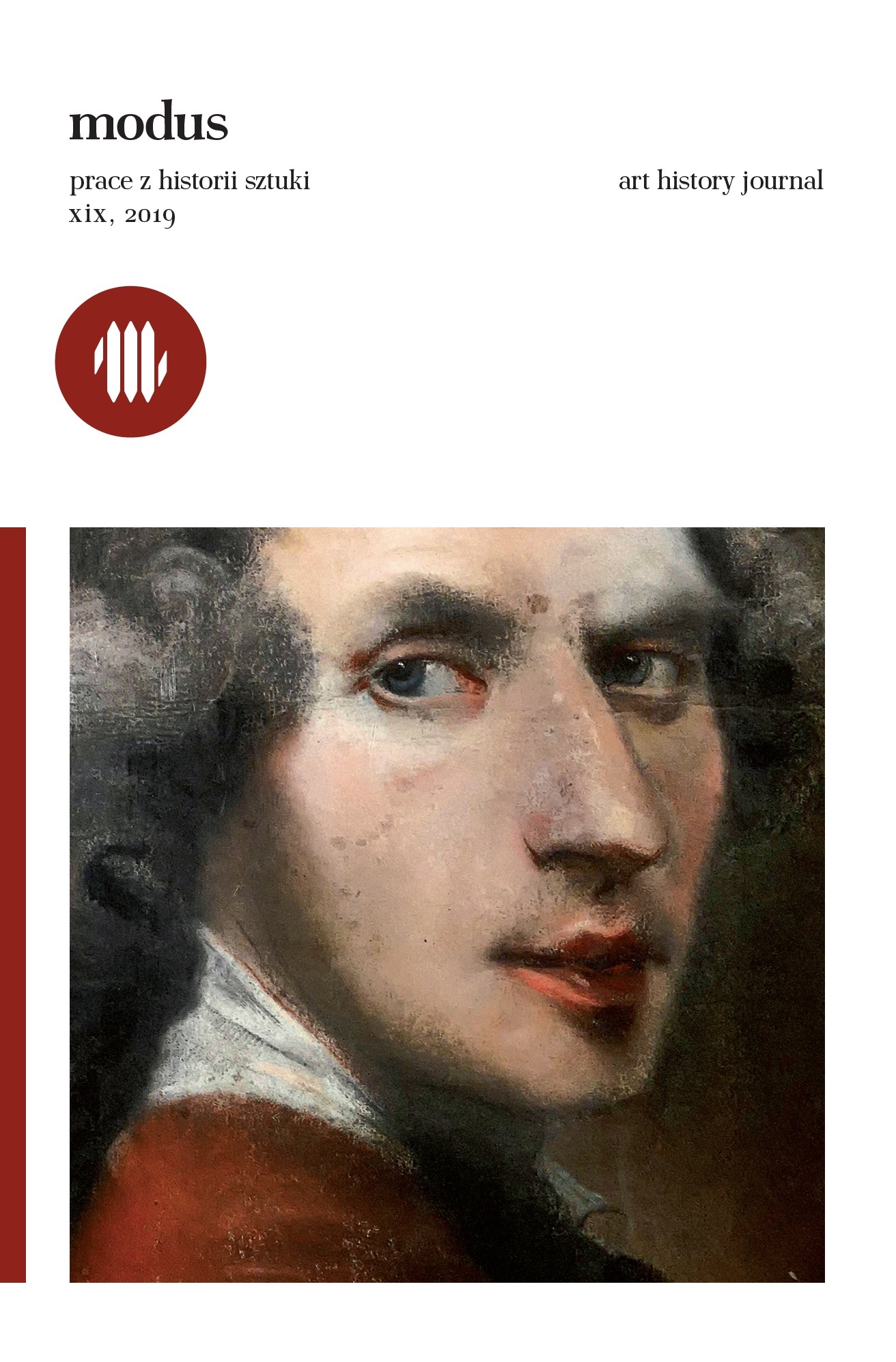
Keywords: fabrica ecclesiae; factory; architecture; monastery; Premonstratensians; Imbramovice;
This article is an attempt to analyse the reconstruction process of the eighteenth-century Norbertine monastery in Imbramowice destroyed by a conflagration in 1710 and being rebuilt for almost thirty years. The researchers considered the monastery and its church as an example of the bel composto which was projected by a Polish architect Kacper Bażanka who was educated in Rome and founded by bishop Kazimierz Łubieński. The sources record that the bishop’s visits’ documentation, an eighteenth-century chronicle wrote by the Norbertine abbess Zofia Gorthówna and the nineteen letters by monastery commissioner Dominik Lochman, provide new facts about the monastery in Imbramowice. The information included in the chronicle and the letters allowed for the recostruction of an organisational issues as well as the circumstances connected with building a new monastery, the direction and organisation of the „factory” and queries related to the monastery’s financing and individuals involved in the erection. As a result, the research allowed to consider the rebuilding of the monastery in Imbramowice as a complex and multi-faceted process, created through support from many founders and closely associated with the Cracovian bishop’s power.
More...
Keywords: fabrica ecclesiae; factory; architecture; monastery; Premonstratensians;Imbramovice;
This article is an attempt to analyse the reconstruction process of the eighteenth-century Norbertine monastery in Imbramowice destroyed by a conflagration in 1710 and being rebuilt for almost thirty years. The researchers considered the monastery and its church as an example of the bel composto which was projected by a Polish architect Kacper Bażanka who was educated in Rome and founded by bishop Kazimierz Łubieński. The sources record that the bishop’s visits’ documentation, an eighteenth-century chronicle wrote by the Norbertine abbess Zofia Gorthówna and the nineteen letters by monastery commissioner Dominik Lochman, provide new facts about the monastery in Imbramowice. The information included in the chronicle and the letters allowed for the recostruction of an organisational issues as well as the circumstances connected with building a new monastery, the direction and organisation of the „factory” and queries related to the monastery’s financing and individuals involved in the erection. As a result, the research allowed to consider the rebuilding of the monastery in Imbramowice as a complex and multi-faceted process, created through support from many founders and closely associated with the Cracovian bishop’s power.
More...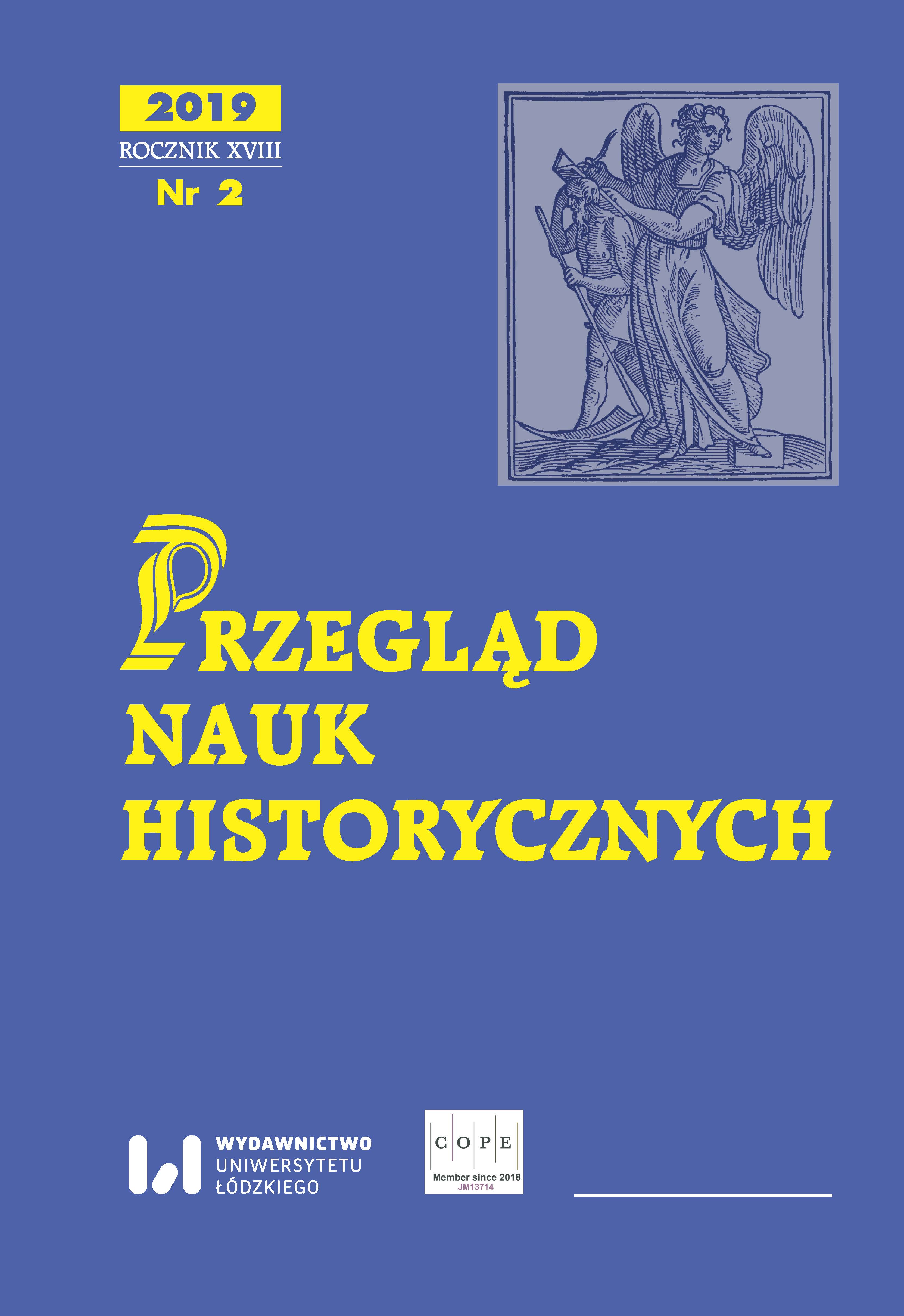
Keywords: art of the early modern period; Christian art; church wall paintings; Postcolonial studies; national revival
In different periods, Christian wall paintings have visualised various attitudes towards programmes, images and iconographies that were closely linked with the religious identities of communities. Following the emergence of nationalism in Georgia in the mid-19th century, wall paintings of this period also began to respond to national identity. The chronological limits of this article are determined by crucial events in the history of the country, such as the conquest of East Georgia by the Russian Empire in 1801 and the proclamation of the independence of the Democratic Republic of Georgia in 1918. Between these two events, a number of church paintings was created throughout Georgia. Some of them fully intended to promote the Russian imperial identity and served to consolidate the power of the Empire over the conquered country. While others, reflected the ideas and aspirations of Georgian nationalism. They are very different from the medieval examples displaying a growing interest in national saints and the events of Christian Georgian history. This paper is focused on the most significant examples.
More...
Keywords: Atatürk; Islam; kemalism; laicism; identity; Turkey
The Republic of Turkey, founded in 1923, has become a new state formation rejecting the Ottoman past. The unified nation has become a primary category—the opposite of the multi-ethnic society of the Ottoman Empire, in which belonging to the Muslim umma was more important than belonging to the nation. According to the founder and reformer of the new Turkey—Atatürk, complete modernization could only take place through reforms inspired by the achievements of European civilization. In the first years many changes were introduced, which were to rebuild the country on a European model. Laicism can be distinguished as the main trend, that removed religion from the public sphere in order to open society to modern solutions. There are three trends that shape the Turkish identity: Turkish (pre-Islamic), Muslim and nationalist. This indicates the complexity of the identity of Turkish residents who feel both as Turks and Muslims. The question arises about their affiliation to a civilization due to the fact that they adopted many of European civilizations while cultivating old practices and maintaining values rooted in Islam. Today, the restoration of Islam is becoming more and more visible, which indicates on the exterior of the secularization processes underlying the creation of the new Turkish Republic.
More...